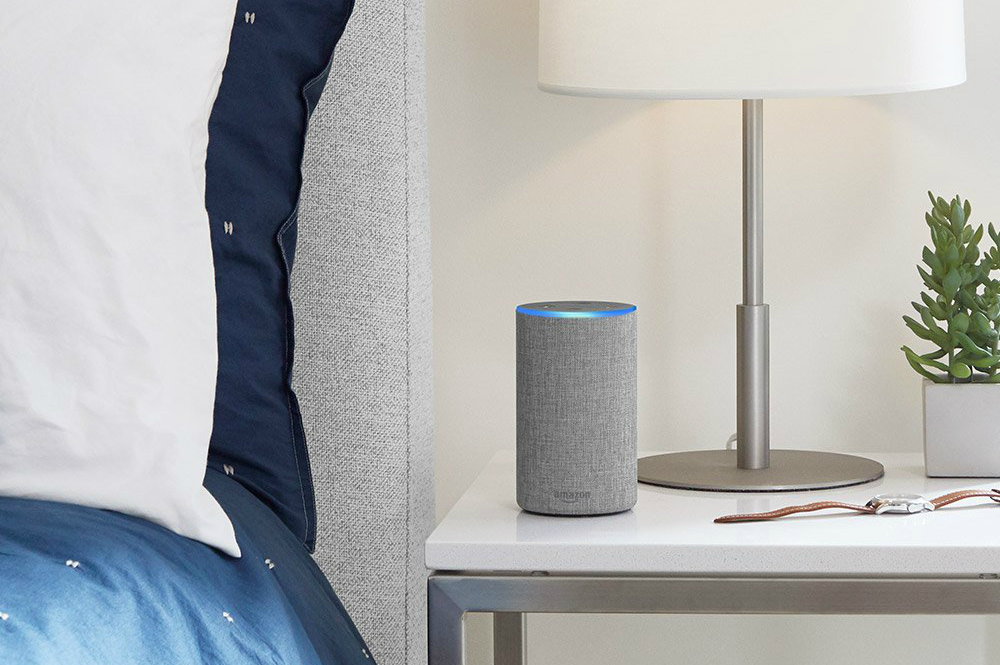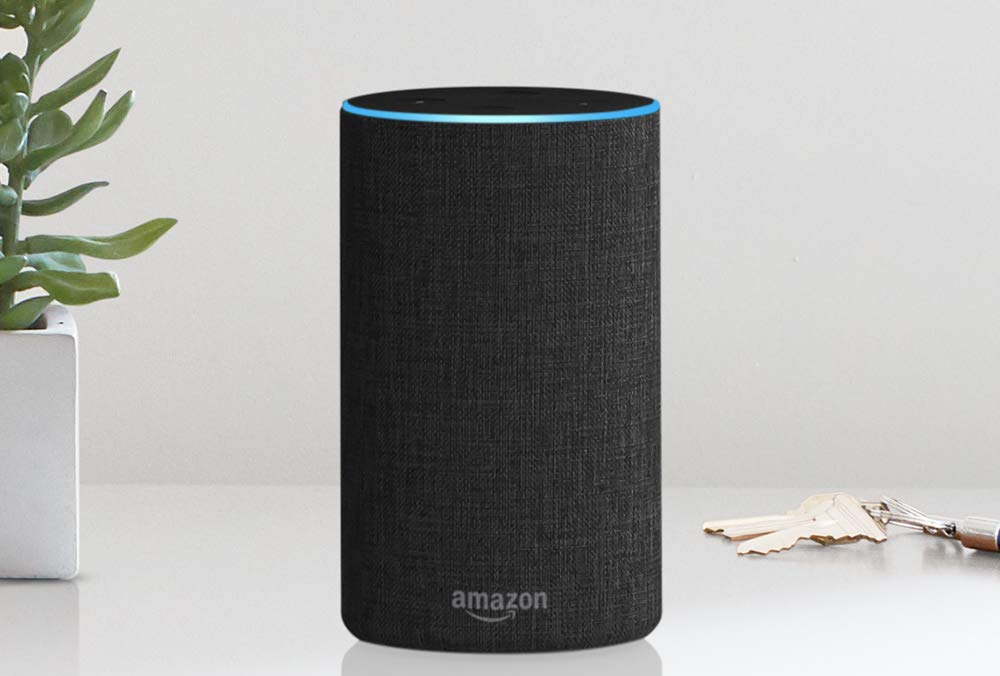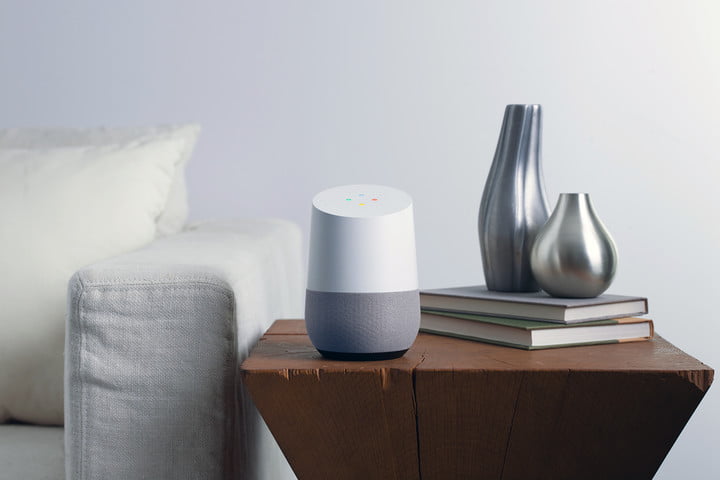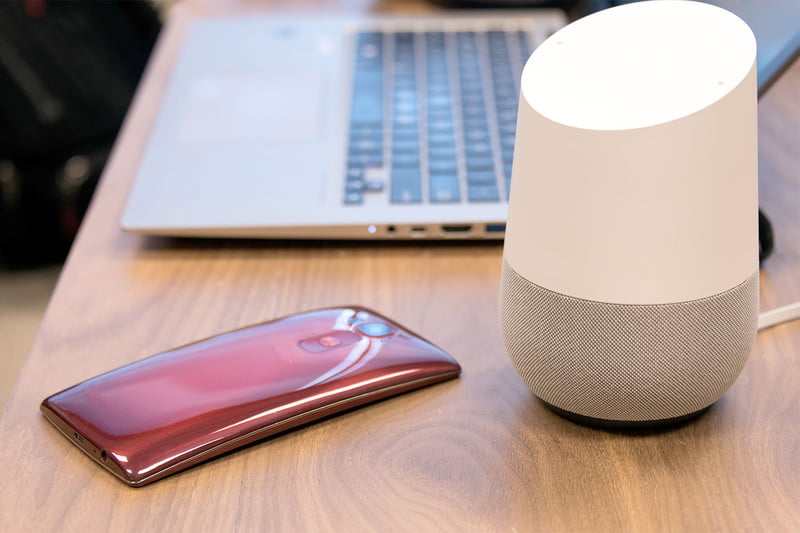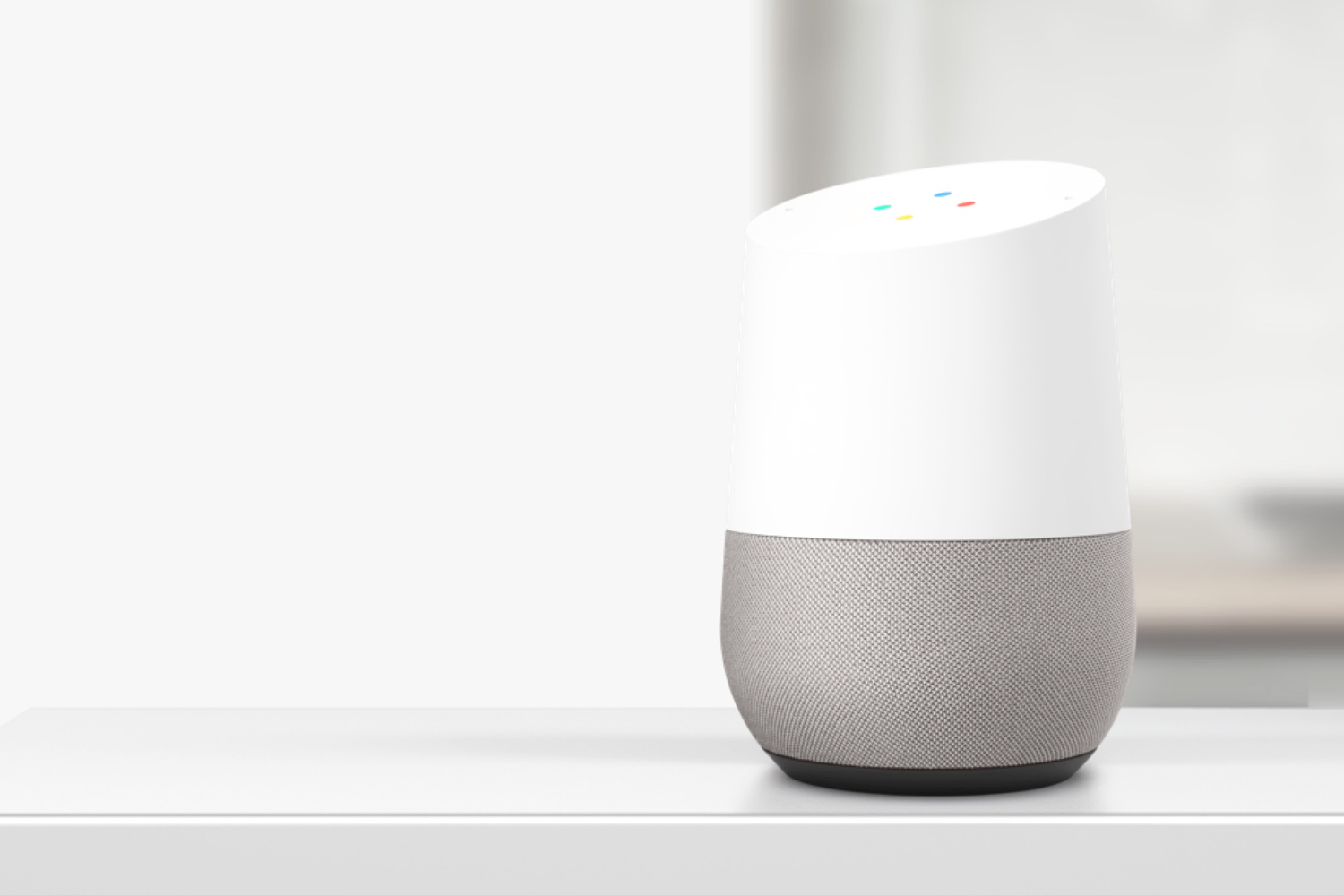Prime Day is going strong on its second day, with early reports of vastly higher sales volumes than past years, for Amazon and the roughly 250 additional merchants who joined in. Shoppers are buying smart home devices in record numbers. The increase in sales is likely due in part to Walmart and Google’s aggressive partnership for the summer sales event. By cutting prices more than two weeks before Prime Day began on Google Nest smart home products, the joint Walmart and Google effort may have given Amazon extra incentive for its Amazon Echo smart home deals.
Finding great deals isn’t only about looking at the lowest price — although that’s a huge part of the hunt. We also want to compare deals on the most popular products across platforms, and in this post, we’re looking at the Amazon Echo and the
The Amazon Echo and
A year after the original Amazon Echo’s debut, the Echo Dot appeared on the market in the fall of 2016 with a smaller size and lower cost. The same thing happened with the Google lineup when the Google Mini showed up in October 2017. In both cases the smaller form, rounded hockey puckish, entry-level smart speakers took over from their larger brand mates. Neither Amazon nor Google is free with sharing actual unit sales numbers, but the volumes of the Dot and Mini dwarf the stats for the Amazon Echo and
So why do people keep buying the larger and still more costly “full-size” Echo and Home smart devices? Music. Neither device brings tears to audiophile eyes, and both lines have audio-enhanced models in the Echo Plus and the Home Max, respectively. The Dot and Mini are fine for background-listening when you’re sitting at your desk, but neither small speaker can fill a room with sound or rock even a small party.
So that’s the niche for the Amazon Echo and the
Amazon Echo (2nd Gen)— $50 off
The second-generation Amazon Echo has Dolby processing to dish out deep bass without buzzing and to serve clear vocals. The Echo has a 2.5-inch downward-firing subwoofer and a 0.6-inch upward-firing tweeter. You can configure the Echo to play music from Amazon Music, Apple Music, Spotify, Pandora, SiriusXM, and more. You can awaken to music alarms and ask
Normally priced at $100, the Amazon Echo is $50 during Prime Day. If price and music quality are the only factors in choosing a full-size smart speaker, the Echo wins on both counts.
Buy Now
Google Home— $60 off
The
Usually $129, the
Buy Now
Editors' Recommendations
- Amazon’s Echo Pop smart speaker is 43% off, and it’s not even Prime Day
- Amazon Big Spring Sale: Get up to 43% off Echo smart speakers
- DeWalt Presidents’ Day deals: Save on power tools and accessories
- Best Keurig deals: Get perfect coffee at home every time for $60
- Reolink holiday security guide: Deals to secure your home for the holidays

